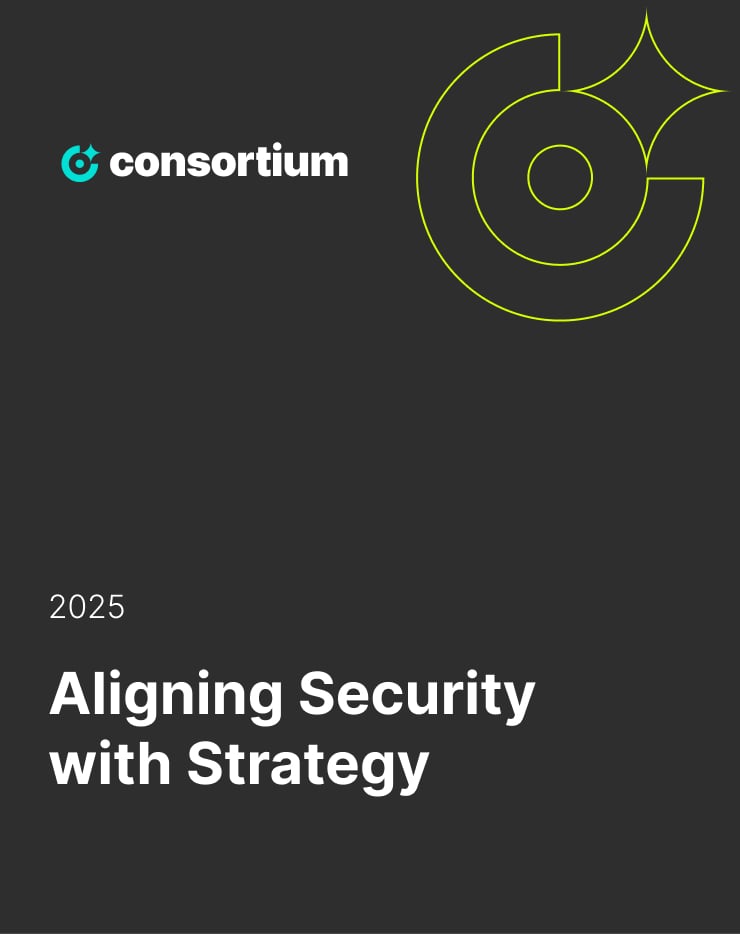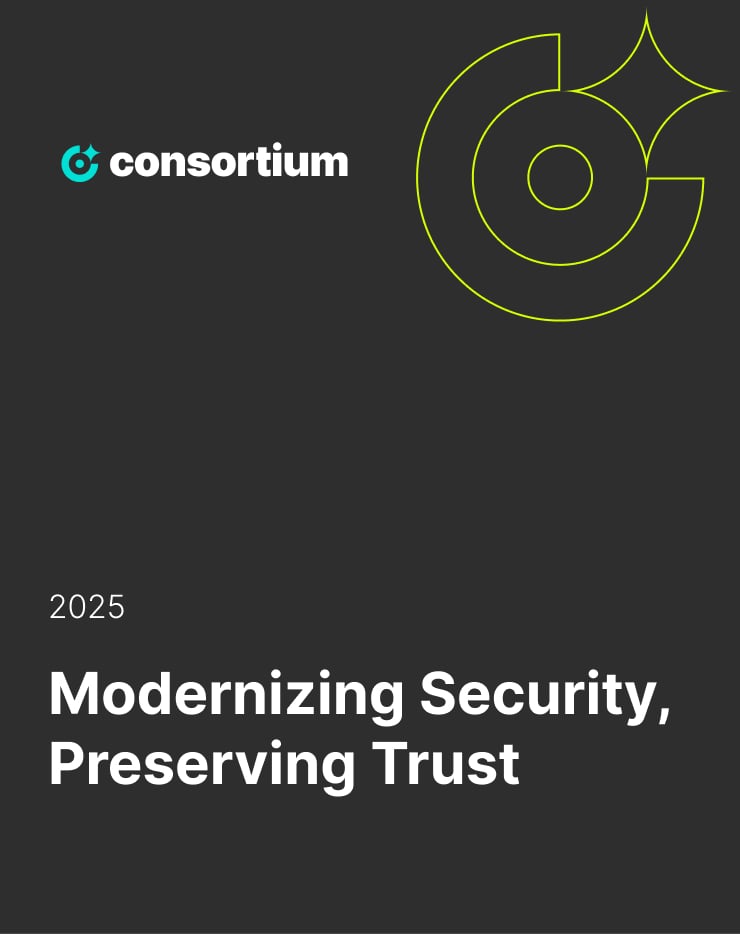The Growing Challenges of Outsourced and Hybrid SOCs
There are many financial and practical reasons to outsource security operations fully or partially. Maintaining the staff, processes, and infrastructure for a full-featured security operations center (SOC) can be costly and unsustainable. Extending defensive capabilities through vendor partnerships can be an effective solution, but it also introduces significant challenges.
- Limited Visibility and Governance: Service providers offer limited visibility into their operations. Without proper oversight, ensuring that SOC functions are being performed adequately is difficult. This visibility gap can create blind spots in your security posture, leaving your organization vulnerable despite significant investments.
- Measuring ROI on Security Services: Determining the return on investment for security services is notoriously challenging. For outsourced or hybrid SOCs, this problem is amplified by the difficulty in quantifying the value of prevention and the effectiveness of your security partners. Many organizations cannot confidently answer whether their security investments are appropriately allocated or if they're receiving the expected value from their security service providers.
- Misalignment Between Business Needs and Templated Services: Managed security service providers (MSSPs) typically offer templated services designed to serve a wide range of clients. This one-size-fits-all approach often fails to address the specific business drivers, risk profiles, and threat landscapes unique to your organization. The result can be a significant misalignment between your organization's needs and your security partners' delivery.
- Integration Challenges in Hybrid Models: When security functions are distributed between in-house teams and external partners, coordination and integration issues frequently arise. These disconnects can lead to critical security gaps, duplicated efforts, or inefficient processes that undermine your overall security posture.
How SOC Capability and Maturity Assessments Address These Challenges
A comprehensive SOC capability and maturity assessment provides the visibility, benchmarking, and roadmap needed to overcome these challenges. When properly conducted, these assessments offer:
- Enhanced Transparency and Governance: Assessments provide a structured framework for evaluating and understanding what your security partners are doing, how they're doing it, and where gaps may exist. This transparency enables more effective governance over outsourced security functions.
- Objective Measurement of Effectiveness: Rather than relying on vendor-provided metrics or subjective evaluations, a proper assessment delivers quantitative and qualitative data about your security operations' actual performance and maturity—whether performed in-house or by partners.
- Alignment Validation: Assessments help determine whether your security providers' capabilities, processes, and technologies align with your specific business needs, risk appetite, and the threat actors most likely to target your organization.
Assessment Framework and Approach
At Bionic, we use two complementary reference frameworks that are particularly effective for evaluating outsourced and hybrid security operations: the SOC Capability Maturity Model (SOC-CMM) and MITRE’s Measure, Maximize, and Mature Threat-Informed Defense (3TID) Model.
The SOC-CMM is the global de facto standard for SOC assessment, covering five domains and twenty-five aspects of security operations. Aligned to NIST, ISO, and COBIT guidelines and standards, SOC-CMM enables our team to objectively evaluate technical capabilities and process maturity across all security functions, regardless of who performs them. The MITRE M3TID model enhances our assessments by evaluating threat intelligence, proactive defensive measures, and security testing and evaluation. This evaluation determines the alignment of SOC functions to threats most likely to impact an organization.

Bionic follows a streamlined four-step methodology for SOC assessments:
- Assessment Selection: Choose a high-level “light” assessment or comprehensive audit-style evaluation based on your organization's needs and maturity level.
- Scope Definition: Tailor the assessment to focus on relevant security functions within your specific operational model, whether in-house, outsourced, or hybrid.
- Assessment Execution: Evaluate according to the defined scope, incorporating capability/maturity and threat alignment considerations.

Visualization from a SOC assessment report aligned with the SOC-CMM.
- Results & Roadmap: Deliver actionable insights, including current state analysis, improvement roadmaps, and quantitative supporting data.
Real-World Example
We recently assessed an organization with a hybrid security model: an in-house team handles advanced analysis, incident response, and security engineering while relying on a managed security service provider (MSSP) for 24/7 monitoring and escalation.
Our assessment revealed a critical disconnect: while the MSSP showed high process maturity and the in-house team demonstrated impressive technical capabilities, the MSSP wasn't consistently identifying and escalating the sophisticated threats the internal team was trained and equipped to handle. Using the MITRE M3TID model, we also identified gaps in their combined security operations' abilities to detect and respond to threat actors targeting their industry.
With these insights, we provided targeted recommendations that enabled the MSSP to adjust its detection approach and the internal team to improve collaboration for better alignment and coordinated defense.
The Bottom Line
For organizations with outsourced or hybrid security operations, SOC capability and maturity assessments provide essential visibility, governance, and alignment validation that is not achieved through contractual means. By evaluating all security functions against established frameworks—regardless of who performs them—these assessments ensure your security investments deliver the intended value and your security posture remains strong against the threats that matter most to your business.
Ready to strengthen your security operations? By combining Bionic Cyber’s deep assessment real-world expertise with Consortium’s real-world implementation support, organizations can move forward beyond gut-feel frustration over cost or speed of a Hybrid Security Team. We help pinpoint the true root causes of security gaps and align your outsourced, hybrid, or in-house SOC model to measurable performance objectives.
Whether you’re looking to validate ROI, boost collaboration between in-house teams and MSSPs, or simply ensure your defenses keep pace with evolving threats, our joint approach provides both the strategic clarity and hands-on assistance you need. Contact us today to explore how this partnership can transform your security posture.




.jpg)

